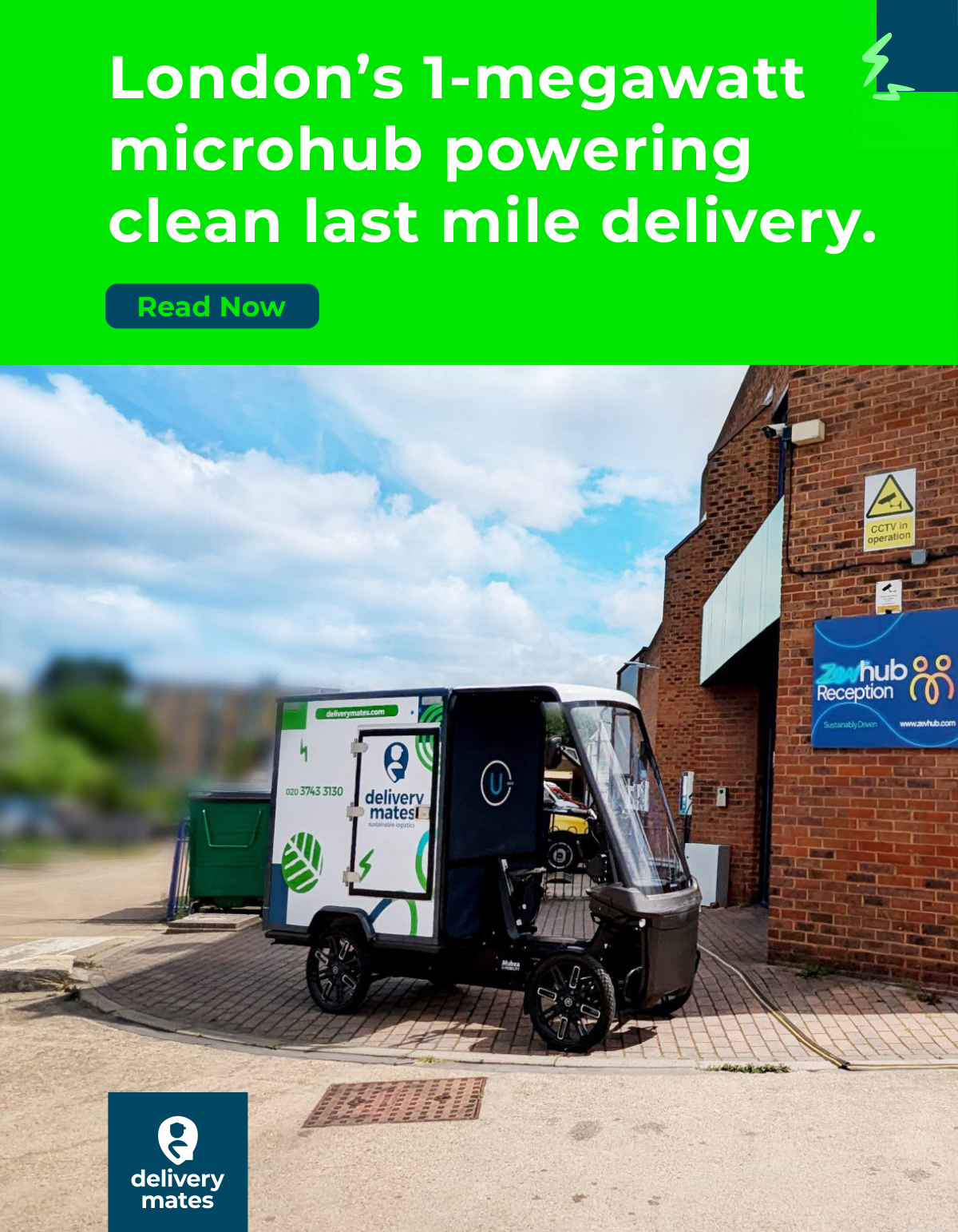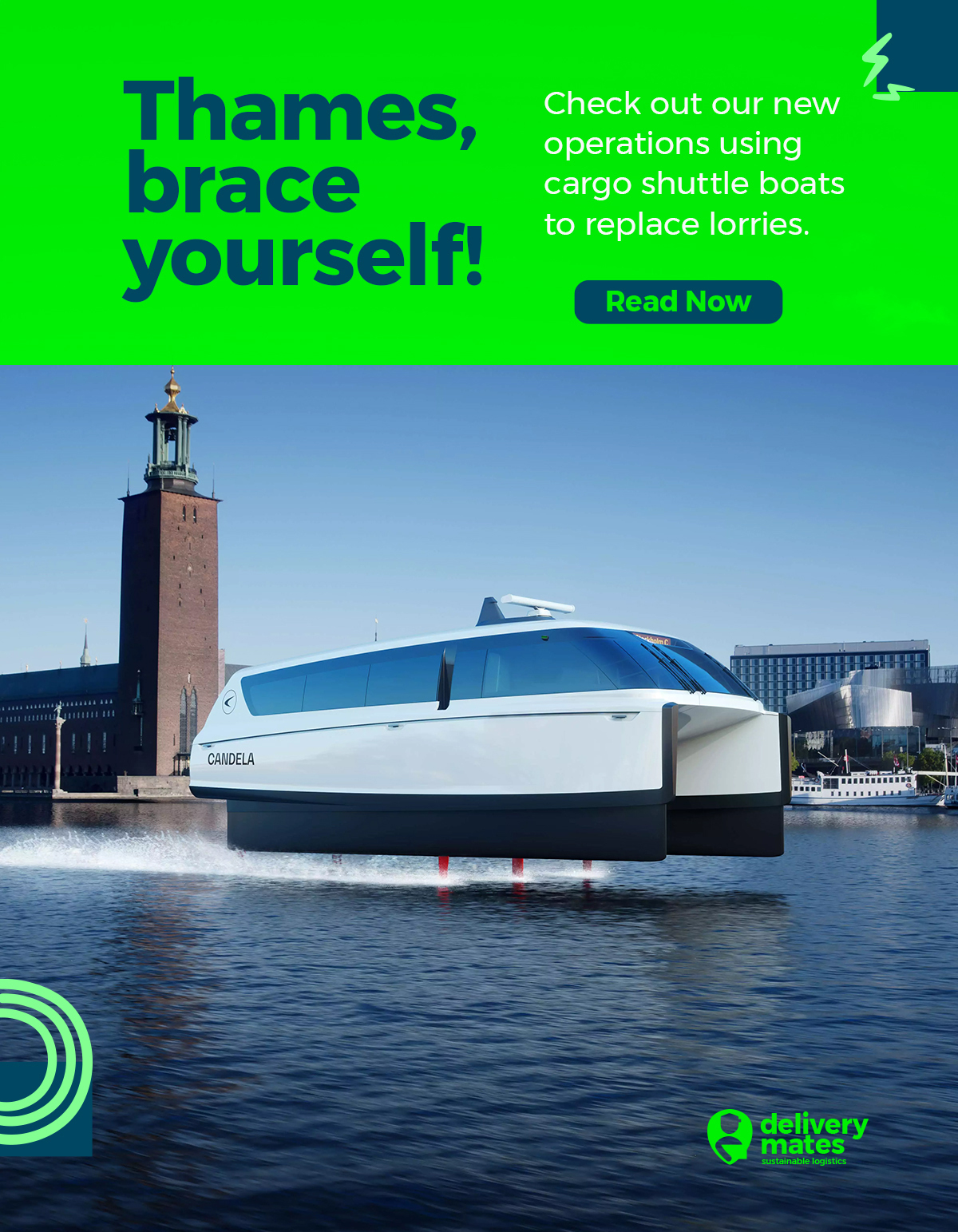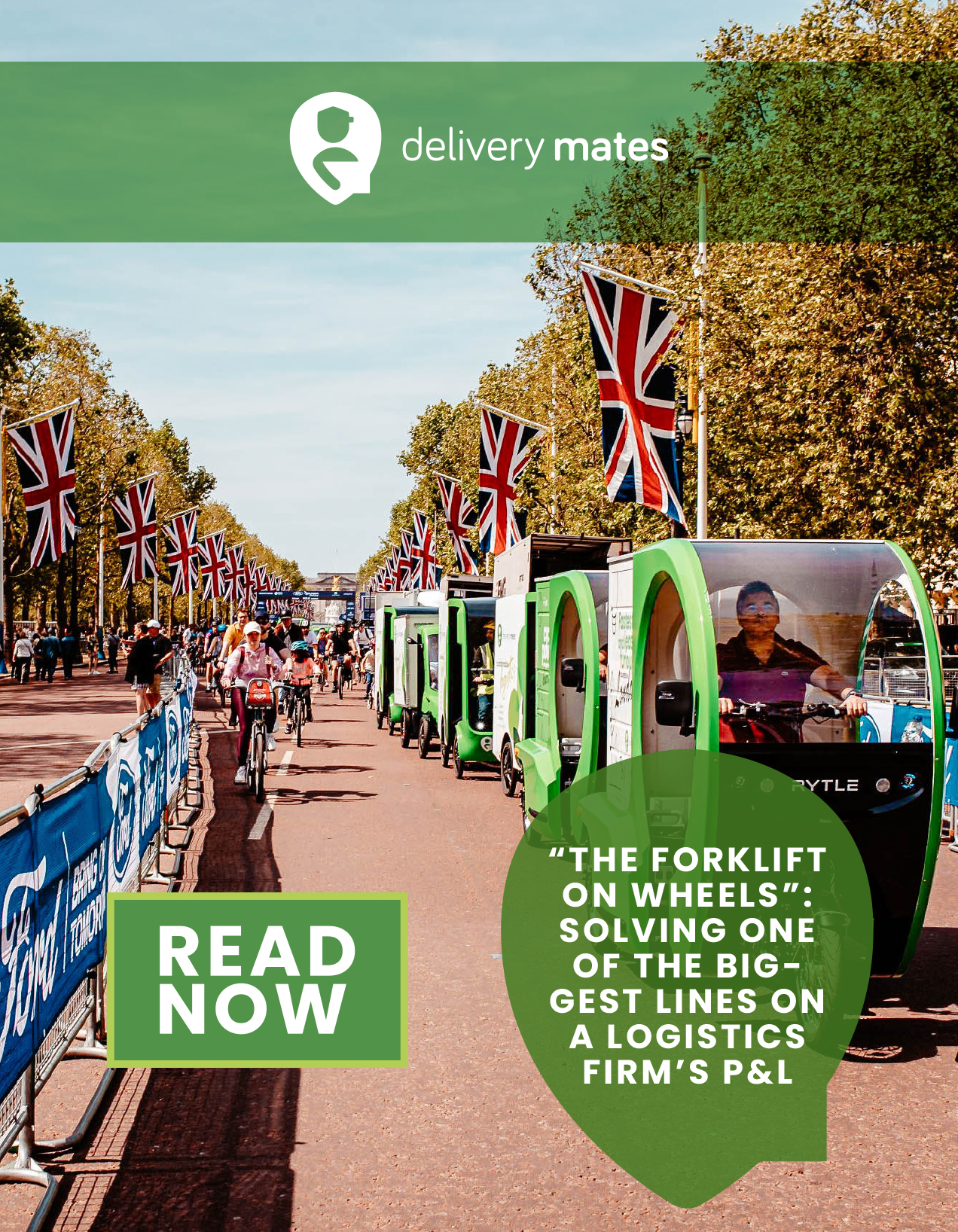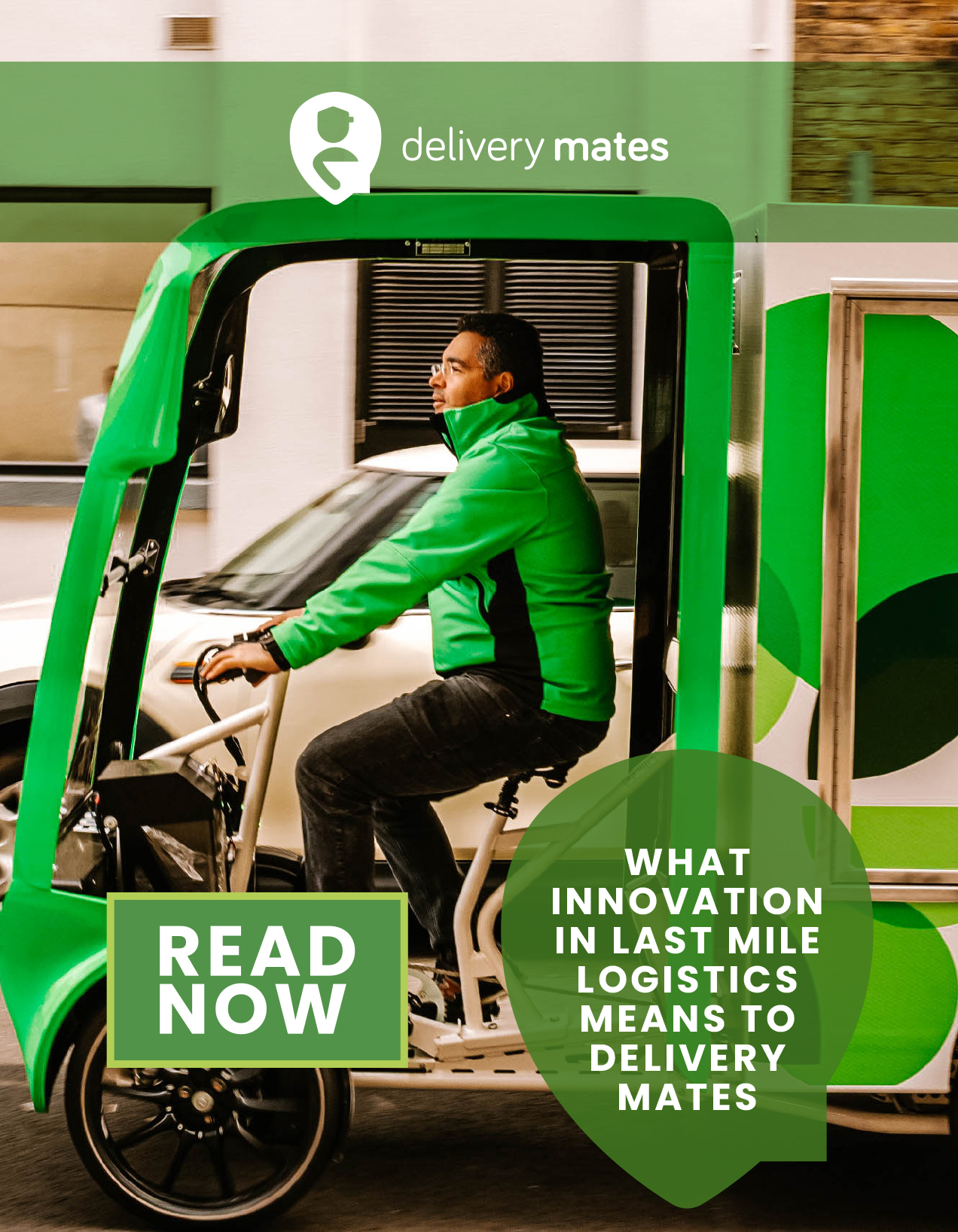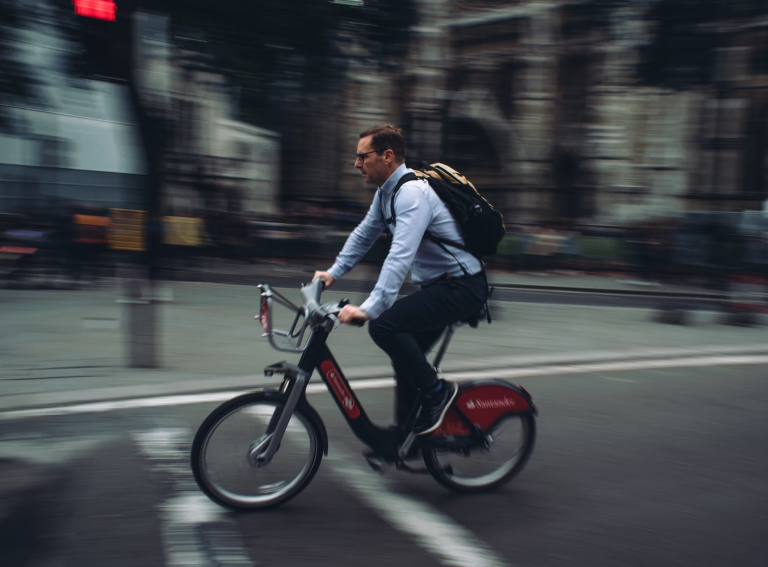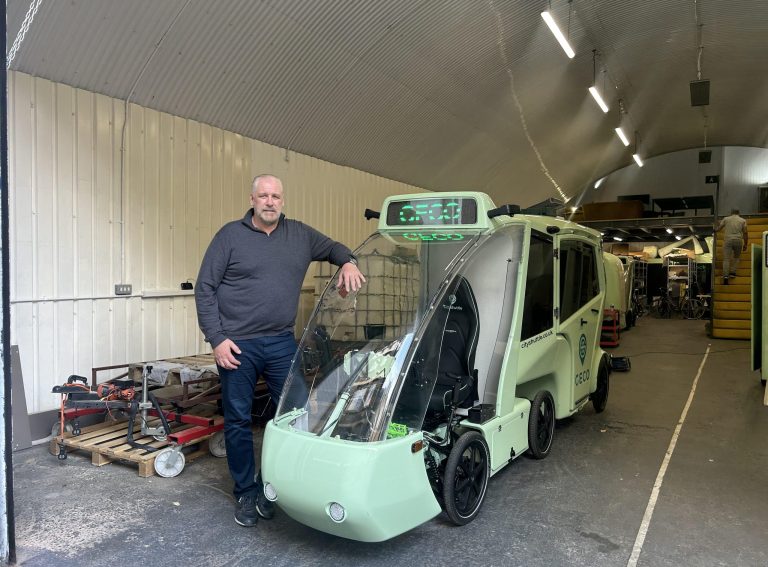As the Zag homepage ticker shows, there are currently just over 11,000 shared e-scooters available for hire in the UK.
However, Zag research and modelling, along with operator and city forecasts, suggest there could be as many as 47,000 e-scooters available on the streets of around 50 towns and cities across England by the end of the trials next year.
This is provided that the trials are allowed to expand to the maximum sizes permitted, user take up remains high, and operators are able to manage and maintain their larger fleets.
Such a fleet size could result in at least 100,000 journeys per day happening on shared e-scooters in the UK. Our current numbers suggest there are at least two journeys per day being carried out on each e-scooter, and we see no potential market saturation, as the operating zones in most areas are quite restrained and have the potential to open up.
Should trials ramp up to their full permitted numbers we think we could see:
- 20,000 scooters in London.
- 10,000 scooters in the West Midlands.
- 2,000 scooters in Bristol.
- 2,000 scooters in Liverpool.
- 13,000 scooters across the other towns and cities taking part in trials.
The West Midlands fleet is currently across Birmingham, West Bromwich and the University of Warwick, with plenty of urban areas as yet unserved. Current numbers are a little less than 2,000, but there is plenty of expansion potential, so there is no reason that 10,000 cannot be achieved – apart from e-scooter sharing still fundamentally being loss-making for operators in the UK (Voi has targeted 2022 for profitability).
In London, the maximum permitted trial size is 19,800, which is based on 11 operating boroughs, with three operators in each, with the borough maximum of 200 per operator being achieved, up from an initial launch number of 20 to 50 e-scooters per operator per borough.
Operationally this would be hard for operators to achieve. A lot of distribution would be required to keep the totals evenly spread across the boroughs. This would be a real battle against commuter flows, so in most likelihood the numbers per borough will be a little smaller. However, this would be balanced by a number of additional boroughs joining the trials as “full service” boroughs – allowing journey starts and ends – once the trial launches.
The other trials forming a potential 13,000 e-scooters if “maxed out” vary in size, from Zipp launching 20 in Princes Risborough in Buckinghamshire later this month to complement their nearby Aylesbury and High Wycombe fleets, to potentially a further 1,000 e-scooters added to Tier’s fleet in York. There is also at least one further city in the current trials which could expand up to 2,000 e-scooters this year if conditions are favourable.
Zag’s take: Many of these cities certainly have potential for absorbing their maximum fleet sizes, however operators have made a big investment already and will likely not want to increase losses or degrade their service. Keeping e-scooters in the right place continues to be an important but expensive task.
So, while we expect some expansion to continue, we think the Zag ticker will probably rise to a maximum of around 25,000 e-scooters, of which around 10,000 will be in London and the rest outside.
In addition to these numbers of e-scooters for short-term hire, Spin, Voi and Wind have several hundred e-scooters available on a monthly rental basis, for several towns and cities. These could also expand during the trials, although in practice the operators are finding the short term sharing model more profitable.
Thanks to the UK operators, in particular Tier, Bird, Wind, Beryl, Zipp and Zwings, for providing some data, background and insight for this article.

